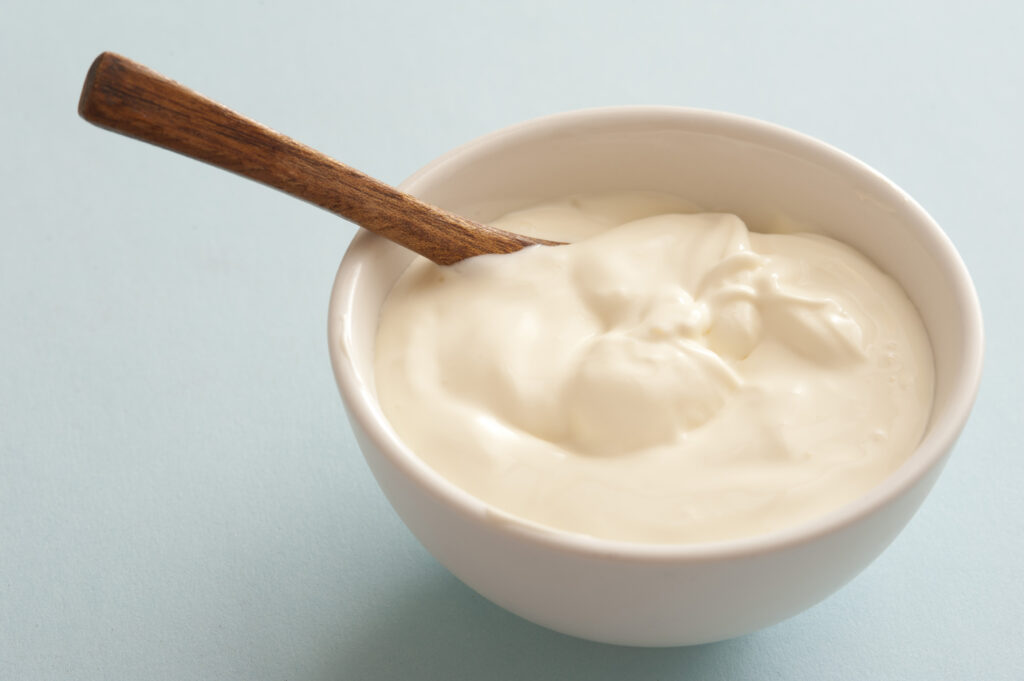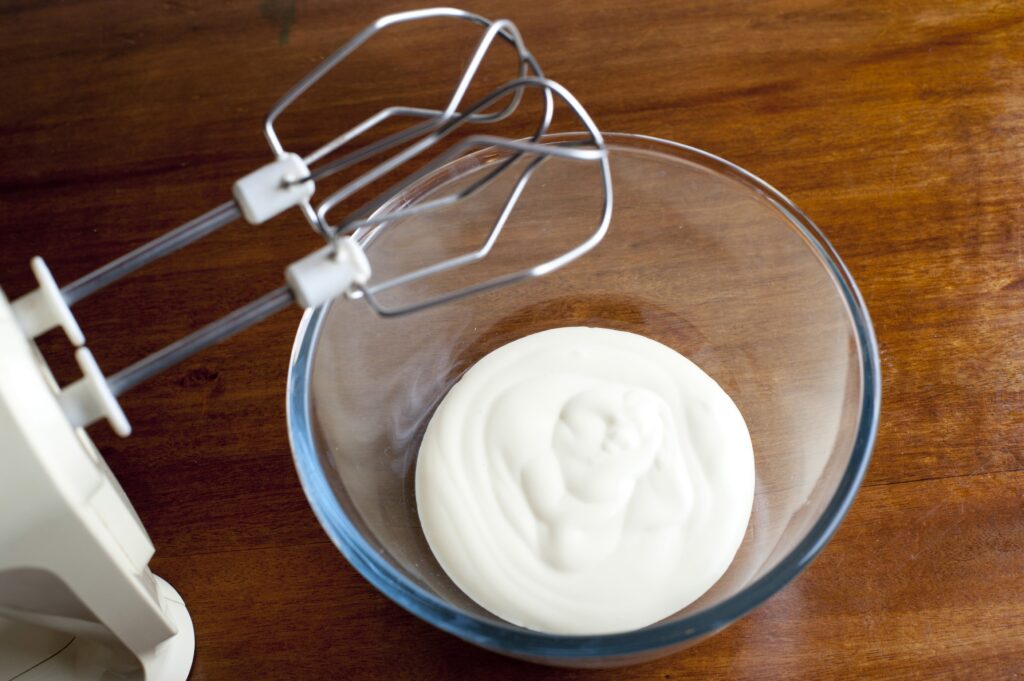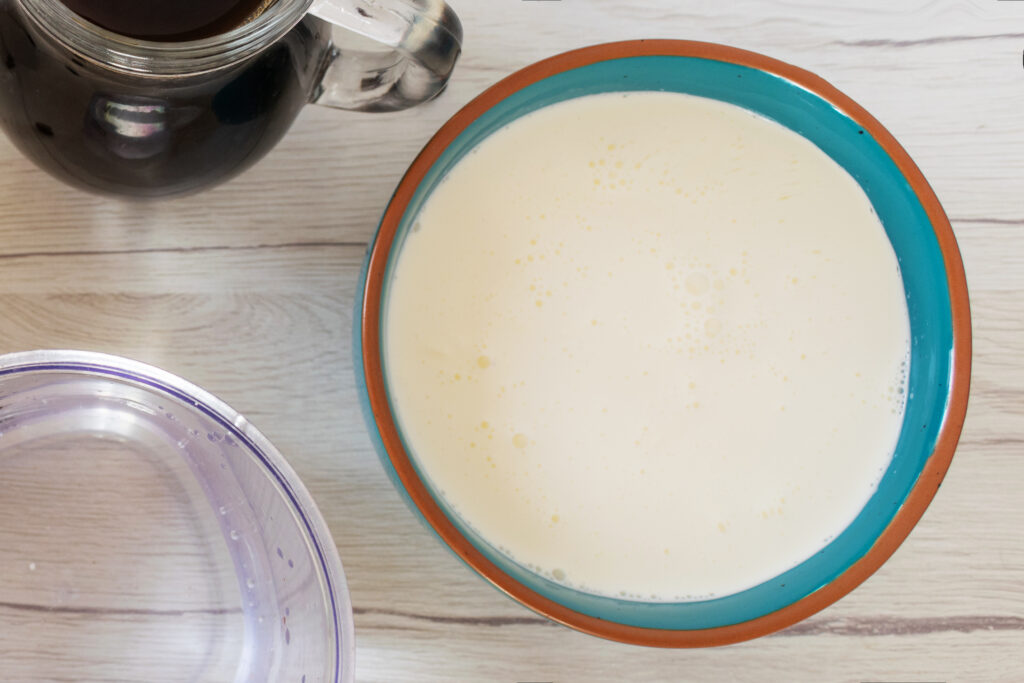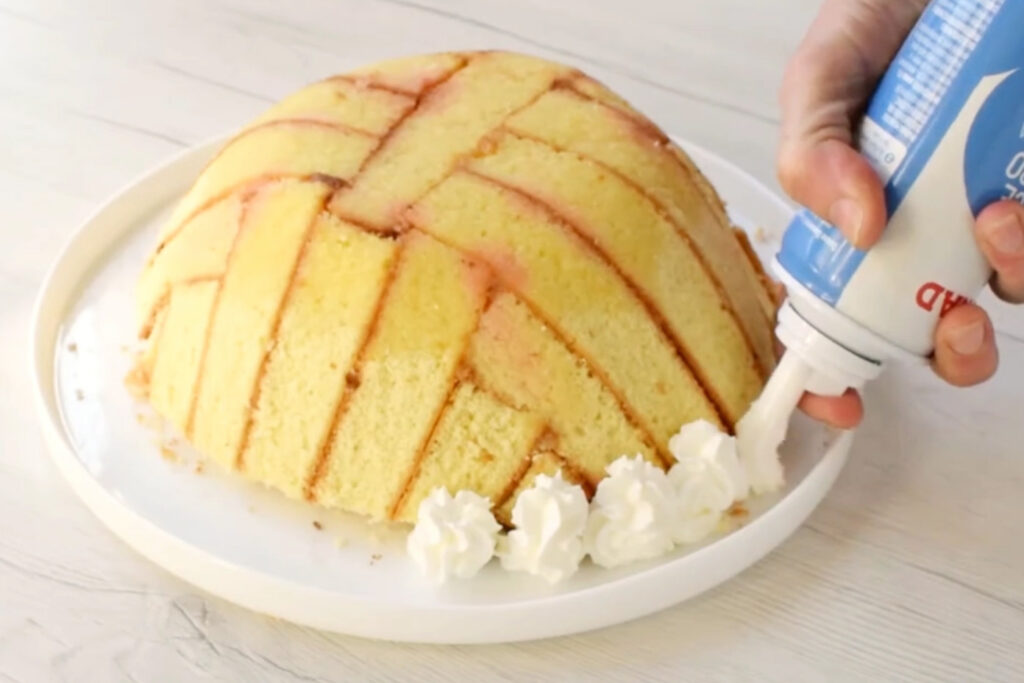Follow this guide to the different Italian creams used in Italian Cuisine. Learn about cooking cream, whipping cream, fresh cream, and spray cream — the essential ingredients that lend richness, texture, and flavor to Italian dishes.
As you explore the rich world of Italian cuisine, you’ll encounter various types of cream that play crucial roles in creating delectable dishes. Understanding these different creams and their uses is essential for mastering Italian cooking. From enhancing the creaminess of pasta sauces to providing the perfect base for decadent desserts, Italian creams offer versatility and depth to your culinary creations. In this comprehensive guide, you’ll discover the four main types of cream used in Italian kitchens: cooking cream, whipping cream, fresh cream, and spray cream. You’ll learn their unique characteristics, applications, and how they compare to American counterparts like heavy cream and half-and-half, empowering you to elevate your Italian-inspired dishes to new heights.
The Importance of Cream in Italian Cuisine
A Cornerstone of Italian Cooking
Cream plays a vital role in Italian cuisine, serving as a fundamental ingredient that elevates both savory and sweet dishes. Its versatility and rich texture make it indispensable in creating the depth and complexity that characterize many classic Italian recipes. From silky pasta sauces to decadent desserts, cream is the secret behind the luxurious mouthfeel and harmonious flavors that define Italian gastronomy.
Enhancing Flavors and Textures
In Italian cooking, cream acts as a flavor carrier, helping to blend and intensify the tastes of other ingredients. It provides a smooth, velvety base for various types of cream used in Italian cuisine, allowing herbs, spices, and aromatics to shine. Moreover, cream contributes to the overall texture of dishes, adding a luscious quality that can transform simple ingredients into extraordinary culinary experiences.
Versatility Across Courses
The importance of cream in Italian cuisine extends throughout the entire meal. In antipasti, it might appear in a creamy dip or spread. For primi piatti, cream forms the basis of beloved pasta sauces like Alfredo or carbonara. In secondi, it enriches meat-based dishes and creamy risottos. Finally, in dolci, cream takes center stage in tiramisu, panna cotta, and as a whipped topping for various desserts, showcasing its adaptability across different courses.
A Guide to the Different Italian Creams Used in Italian Cooking
Italian cuisine is renowned for its rich, creamy dishes that tantalize the taste buds. The secret behind many of these delectable creations lies in the various types of cream used in Italian cooking. Let’s explore the four main types of cream that are essential to Italian culinary traditions.
Panna da Cucina (Cooking Cream)

Panna da cucina is a long-lasting cream primarily used to add richness to savory dishes. With a lower fat content, it’s perfect for creating velvety pasta sauces, risottos, and soups without overpowering the other flavors.
Panna da Montare (Whipping Cream)

This versatile cream is a staple in Italian desserts. With its high fat content, panna da montare whips up beautifully, making it ideal for topping cakes, filling pastries, or creating light and airy mousses.
Panna Fresca (Fresh Cream)

Panna fresca is the most versatile of all Italian creams. It can be used in both sweet and savory dishes, either liquid or whipped. Its fresh, delicate flavor enhances everything from tiramisu to creamy vegetable soups.
Panna Spray (Spray Cream)

For quick and easy garnishing, panna spray is the go-to choice. It’s perfect for adding a finishing touch to desserts, fruit salads, or even a dollop on your morning espresso for an indulgent caffè con panna.
Remember, panna da cucina is not suitable for whipping due to its lower fat content. For a quick alternative, panna spray offers instant whipped cream at the push of a button, perfect for topping desserts or adding a finishing touch to your Italian culinary creations.
Differences Between Heavy Cream and Half-and-Half
When exploring the various types of cream used in Italian cuisine, it’s important to understand the distinction between heavy cream and half-and-half. These two dairy products play different roles in cooking and can significantly impact the final result of your dishes.
Heavy Cream
Heavy cream, known as “panna da montare” in Italian, is a rich, high-fat cream with a fat content of around 36-40%. This luxurious ingredient is prized in Italian cuisine for its ability to create voluminous, stable whipped cream and add richness to both sweet and savory dishes. Its high fat content allows it to withstand high temperatures without curdling, making it ideal for creating silky sauces and creamy soups.
Half-and-Half
Half-and-half, on the other hand, is a lighter option with a fat content of about 10-18%. This product is not commonly used in traditional Italian recipes but can be a suitable substitute when a lighter consistency is desired. In Italy, a similar product called “panna da cucina” is often used for cooking purposes, though it typically has a slightly higher fat content than American half-and-half.
Understanding these differences is crucial when adapting recipes or seeking alternatives in Italian cooking. While heavy cream provides richness and stability, half-and-half offers a lighter touch, allowing you to adjust the creaminess of your dishes according to your preferences and dietary needs.
A Guide to the Different Italian Creams: How to Choose the Right Cream for Your Recipe
When it comes to Italian cuisine, selecting the appropriate cream can make or break your dish. Understanding the various types of cream and their unique properties is crucial for achieving the desired texture and flavor in your culinary creations.
Consider the Dish’s Requirements
First, think about what your recipe calls for. Is it a savory pasta sauce that needs a silky consistency, or a dessert that requires a light, airy topping? The answer will guide you towards the right type of cream.
For savory dishes that need a creamy base without being whipped, panna da cucina (cooking cream) is your best bet. It’s perfect for enriching sauces and soups without overwhelming other flavors.
If you’re making a dessert that requires whipped cream, opt for panna da montare (whipping cream) or panna fresca (fresh cream). These have a higher fat content, allowing them to hold their shape when whipped.
Factor in Convenience and Shelf Life
Consider how often you’ll use the cream and how long you need it to last. Long-life creams like panna da cucina and panna da montare are great for keeping on hand, while panna fresca is ideal for recipes where freshness is key.
For quick garnishes or last-minute touches, panna spray (spray cream) can be a convenient option, especially for topping hot beverages or fruit desserts.
By carefully considering these factors: you’ll be able to choose the perfect cream for your Italian-inspired dishes, ensuring delicious results every time.
How to Properly Store Different Italian Creams
To maintain the quality of various types of cream used in Italian cuisine, proper storage is crucial. For panna da cucina (cooking cream), store unopened containers at room temperature in a cool, dry place. Once opened, refrigerate and use within 3-5 days. As for Panna fresca (fresh cream) you should always store it in refrigerator for 4–5 days. For longer shelf life, panna da montare (whipping cream) can be stored unopened at room temperature, but refrigerate after opening.







